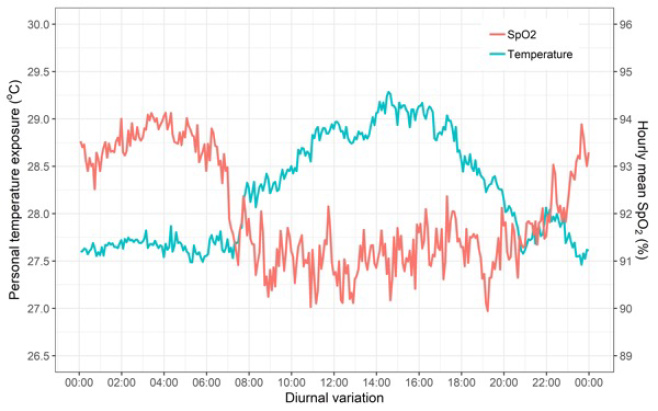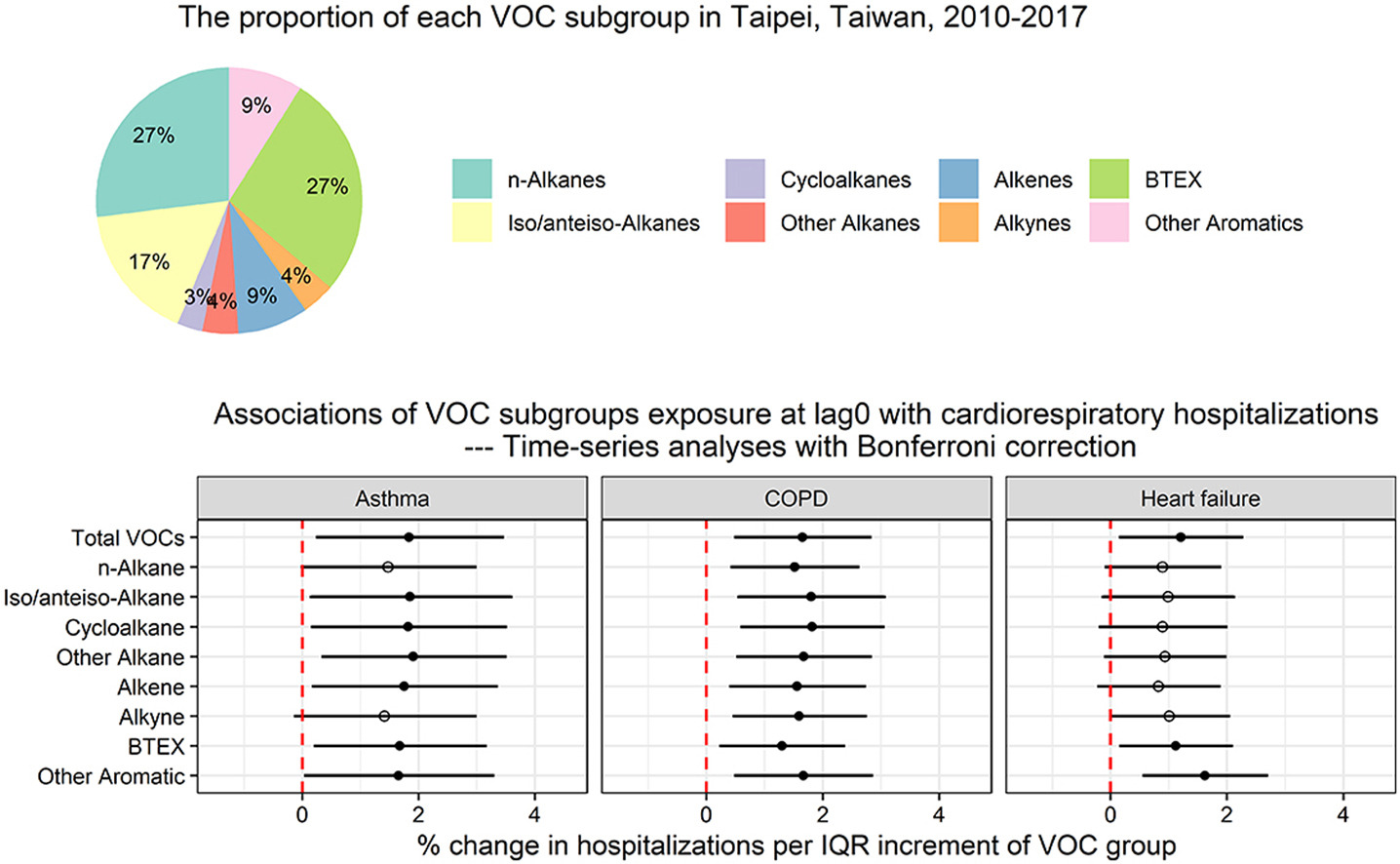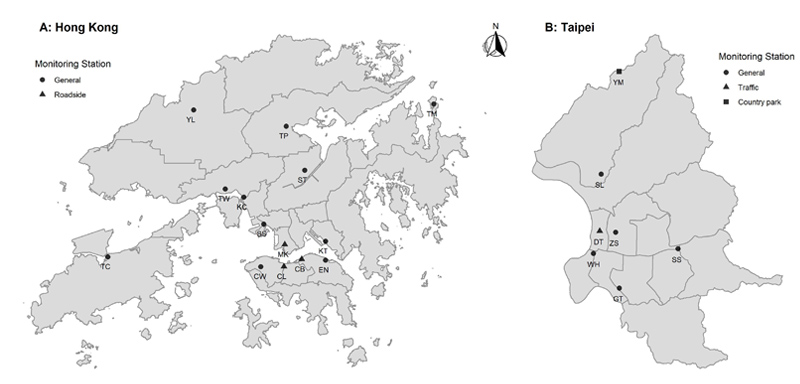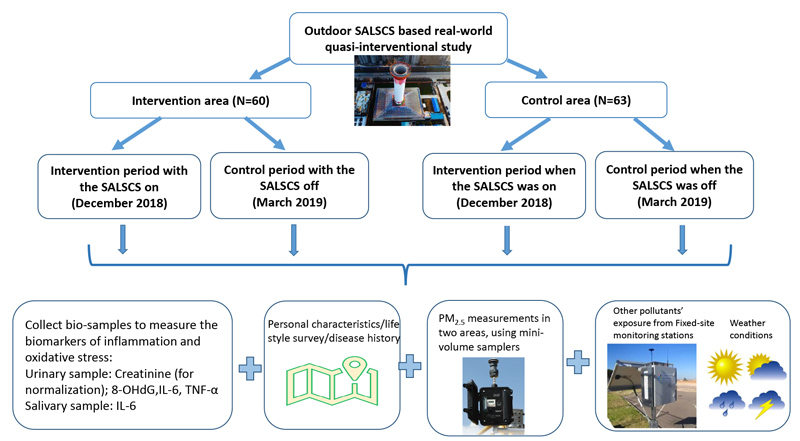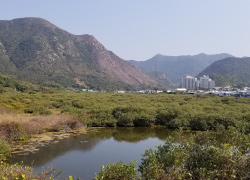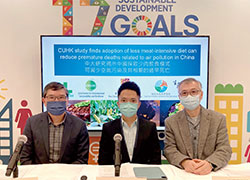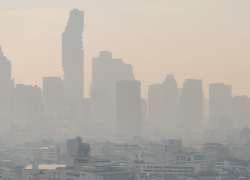

Advancing Air Quality, Food Security and
Human Health under Global Climate Change
Human Health under Global Climate Change
- Atmospheric Circulations Associated With Extreme Precipitation Over the Yangtze River Valley During the 2020 Meiyu Season
- How Intense Will Future Tropical Cyclone Impacts Become Due to Global Warming?
- Sustainable Farming Practices as a Means to Resolve the Worsening Food Crisis and Air Pollution Problem
- Harnessing Nature-based Solutions for Ameliorating the Impact of Global Environmental Change
- Transboundary Air Pollution and Health Impacts
- Adverse Effects of Environmental Contaminants on Human Health
|
Home / Project Highlights / Human Health / Adverse Effects of Environmental Contaminants on Human Health
|
|
Adverse Effects of Environmental Contaminants on Human Health
|
| Professor Kin-fai Ho is an environmental scientist with substantial experience in indoor, outdoor and personal exposure to environmental contaminants research. His studies link exposure assessment with health endpoints to identify the harmful effects of environmental contaminants on human health, which can help support the development of control strategies to reduce the adverse health effects of air pollution in Hong Kong and mainland China. Professor Ho is also a Visiting Professor of Taipei Medical University, who collaborates with local researchers to examine the cardiorespiratory risk of ambient non-methane hydrocarbons and volatile organic compounds (VOC) in Taipei. |
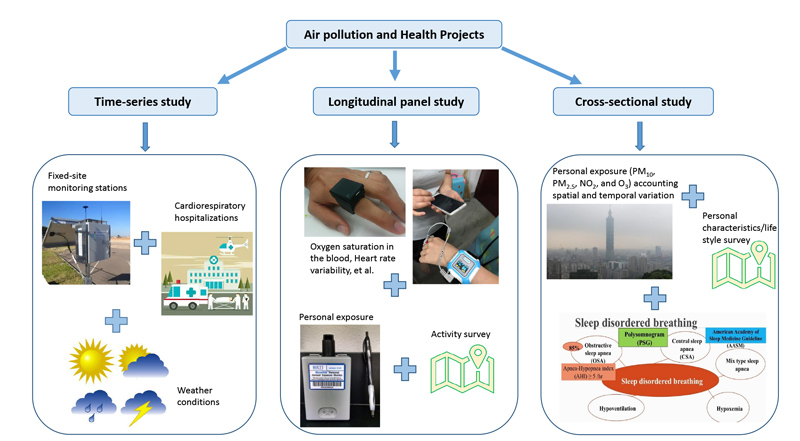
|
With support from the Vice-Chancellor’s Discretionary Fund, Professor Kin-fai Ho's work includes:
| ||||||
|
|
|
|
|
|


